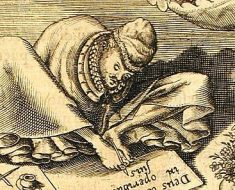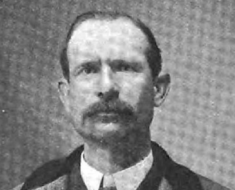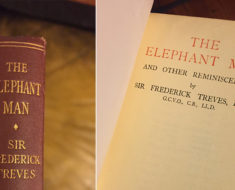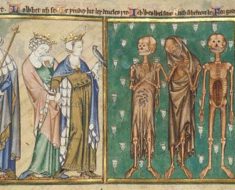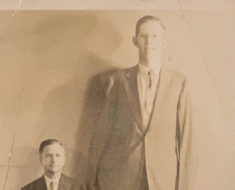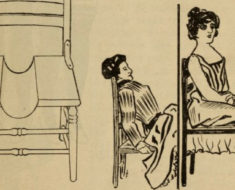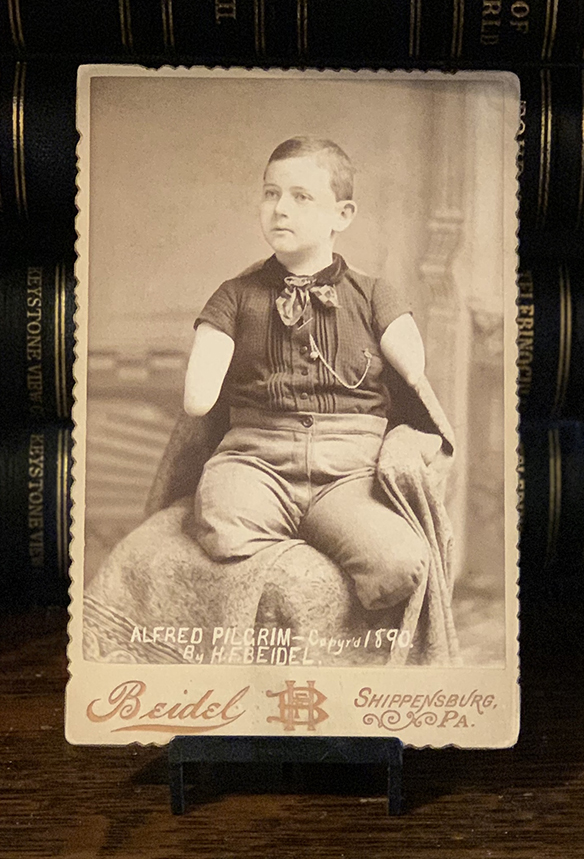
Alfred Pilgrim cabinet card, circa 1890.
Missing limbs often made for successful sideshow acts. In the early 20th century, for example, Stanley Berent was born with phocomelia, causing his limbs to be nothing more than flipper-like stumps. Better known as Sealo the Seal Boy, he awed audiences with his ability to shave, play cards, and do other everyday things.
Frieda Pushnik was born without arms or legs, but managed to sew, crochet, and type with her stumps.

Alfred Pilgrim, among others, is featured in this 1891 ad from The Pittsburgh Dispatch.
They were two of the most famous limbless sideshow stars, who you can find plenty of information on (in my book, American Sideshow, for example). But years before them, there was the lesser known, but quite talented, Alfred Pilgrim. He was born missing the majority of his limbs. It’s unknown what caused his specific malady.
Pilgrim began exhibiting his unusual condition—and abilities despite them—around the year 1890. Under the care of a personal manager while on tour, he performed alongside other oddities, including Big Mary, the “woman mountain,” who was said to be “as good natured looking and comely as she is fat,” strongman C.P. Blatt, who could break horseshoes, and William Wells, the Man with the Iron Skull, who put on a “headachy performance.”
As for Pilgrim, he was pitched as the “Armless and Legless Boy.” Described as a “happy, carefree fellow,” he was known to “thread needles and perform other seemingly impossible feats.”
Among those other feats was his ability to write with remarkable elegance. Years later, in 1918, as an adult working for Barnes’ Circus, he took his talents to the Los Angeles county courthouse to register for military duty and caused a stir with onlookers who didn’t know how he’d manage to sign his name.
A newspaper described the scene: “Holding the pen within the grasp of the short stub near his shoulder, he placed his name on the paper instantly and in grand style—the best scribe in the house.”
Pilgrim had hoped to be drafted into the army as an expert penman. No articles reported whether a military job followed his sideshow career.

